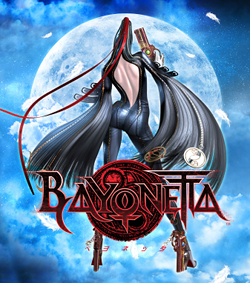 W
WBayonetta is an action-adventure hack and slash video game developed by PlatinumGames and published by Sega. The game was originally released for Xbox 360 and PlayStation 3 in Japan in October 2009, and in North America and Europe in January 2010. The game was later released on the Wii U alongside its sequel, Bayonetta 2, releasing in September 2014 in Japan and worldwide the following month – the two games were later released worldwide on the Nintendo Switch in February 2018. An enhanced port for Windows was released in April 2017 with 4K support. A remastered version of Bayonetta as well as another PlatinumGames title, Vanquish, was released for PlayStation 4 and Xbox One on February 18, 2020, as part of a compilation to celebrate the 10th anniversary of the game.
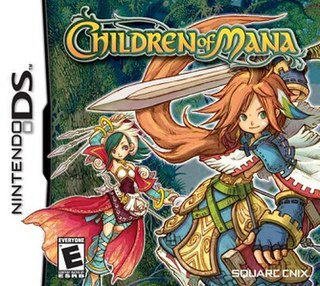 W
WChildren of Mana is a 2006 action role-playing game for the Nintendo DS handheld console. It was developed by Square Enix and Nex Entertainment, and published by Square Enix and Nintendo. It is the sixth game of the Mana series—following 2003's Sword of Mana—and the first entry in the World of Mana subseries. Set in a high fantasy universe, Children of Mana follows one of four young heroes as they combat an invasion of monsters and learn about the cataclysmic event that killed their families.
 W
WCrusader of Centy also known as Shin Souseiki Ragnacënty in Japan and Soleil in Europe, is an action-adventure game developed by Nextech for the Sega Genesis. The story centers on Corona, a boy who has just turned 14 years of age and must inherit his late father's sword to fight the monsters that threaten the human race's existence. Gameplay uses an overhead perspective and focuses on exploring, battling enemies with a sword, and solving puzzles. As the story progresses, numerous animals join the hero and aid him. They are used in gameplay like weapons or tools, which often grant passage to previously inaccessible areas.
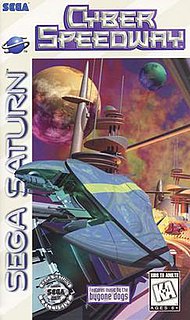 W
WCyber Speedway is a 1995 racing video game developed by NexTech and published by Sega for the Sega Saturn.
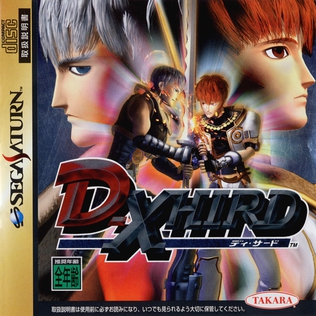 W
WD-Xhird is a 3D weapons-based fighting game developed by Nextech and published by Takara, the same companies that created the Battle Arena Toshinden series, which the game is inspired from. The endings for the characters teased a sequel, but it never happened.
 W
WLinkle Liver Story is a 1996 Japanese video game developed by Nextech and published by Sega for the Sega Saturn video game system. The game is an action-RPG where the player takes control of foxgirl named Kitsch.
 W
WRanger X is a side scrolling run and gun shoot 'em up video game for the Sega Genesis. Developed by GAU Entertainment and published by Sega, the game was released in 1993.
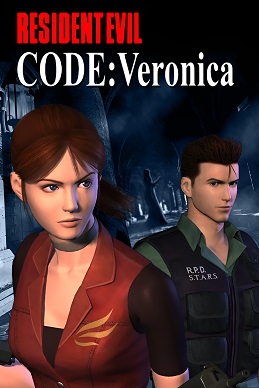 W
WResident Evil – Code: Veronica is a survival horror video game developed and published by Capcom and released for the Dreamcast in 2000. It is a major installment in the Resident Evil series and the first to debut on a separate platform from the PlayStation. The story takes place three months after the events of Resident Evil 2 (1998) and the concurrent destruction of Raccoon City as seen in Resident Evil 3: Nemesis (1999). It follows Claire Redfield and her brother Chris Redfield in their efforts to survive a viral outbreak at both a remote prison island in the Southern Ocean and a research facility in Antarctica. The game retains the traditional survival horror controls and gameplay seen in previous series installments; however, unlike the pre-rendered backgrounds of previous games, Code: Veronica utilizes real-time 3D environments and dynamic camera movement.
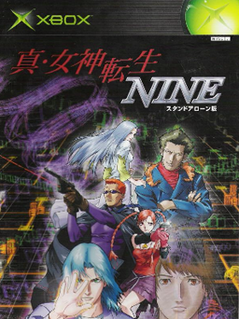 W
WShin Megami Tensei NINE is a Japanese role-playing video game developed by Atlus and NexTech for the Xbox, and published by Atlus on December 5, 2002.
 W
WShining Soul is an action role-playing game for the Game Boy Advance. It is part of the Shining series. Shining Soul is a reboot of the Shining series. The game was followed by a sequel, Shining Soul II, in 2003. Both games were re-released in Japan in early 2006 as part of the Game Boy Advance "Value Selection."
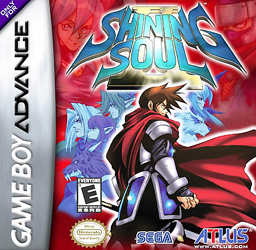 W
WShining Soul II is an action role-playing game for the Game Boy Advance. It was developed by Nextech and Grasshopper Manufacture and published by Sega in 2003 (Japan), THQ and Atlus USA, as the sequel to Shining Soul and part of the Shining series.
 W
WShining Tears is an action role-playing game co-developed by Nextech and Amusement Vision and published by Sega in 2004 for the PlayStation 2 as a part of the Shining video game series. It tells the story of a mysterious boy named Xion.
 W
WShining Wind is an action role-playing game developed by Nextech and published by Sega for the PlayStation 2, and the 19th game in the Shining video game series. It was released on May 17, 2007 in Japan. The game is the sequel to Shining Tears. The main characters from Shining Tears appear in Shining Wind as well. An anime adaptation of the two games, called Shining Tears X Wind, began airing in early April 2007. Like Shining Tears, the game is illustrated by artist Tony Taka.
 W
WTime Crisis 3 is a rail shooter, the third installment of the Time Crisis arcade series. Like its previous predecessor, Time Crisis II, it allows for two players to cooperate in a link play environment and has the Time Crisis signature pedal system for hiding and advancing and the first in the series to change or select weapons. It was later ported to the PlayStation 2.
 W
WTime Crisis 4 is a rail shooter and the fourth installment in the main series. It was released as an arcade game in 2006, and was ported with the GunCon 3 light gun peripheral for PlayStation 3 in 2007. It features a new first-person shooter mode. It was later re-released as part of Time Crisis: Razing Storm with support for the PlayStation Move controller and without first-person shooter mode.
 W
WTime Crisis: Razing Storm, known in Japan as Big 3 Gun Shooting, is a compilation of light gun rail shooter video games by Namco for the PlayStation 3 home console. Featuring full compatibility with both the GunCon 3 light gun and the PlayStation Move motion control system, the compilation consists of ports of various arcade games. Developed by Nex Entertainment and published by Namco Bandai Games, the compilation was released in 2010 in North America on October 19, and in Japan on October 21, which is the launch date of the PlayStation Move in Japan. It was released as part of a bundle with the PlayStation Move, PlayStation Eye and the Shooting attachment for the PlayStation Move in Japan and other Asian countries.